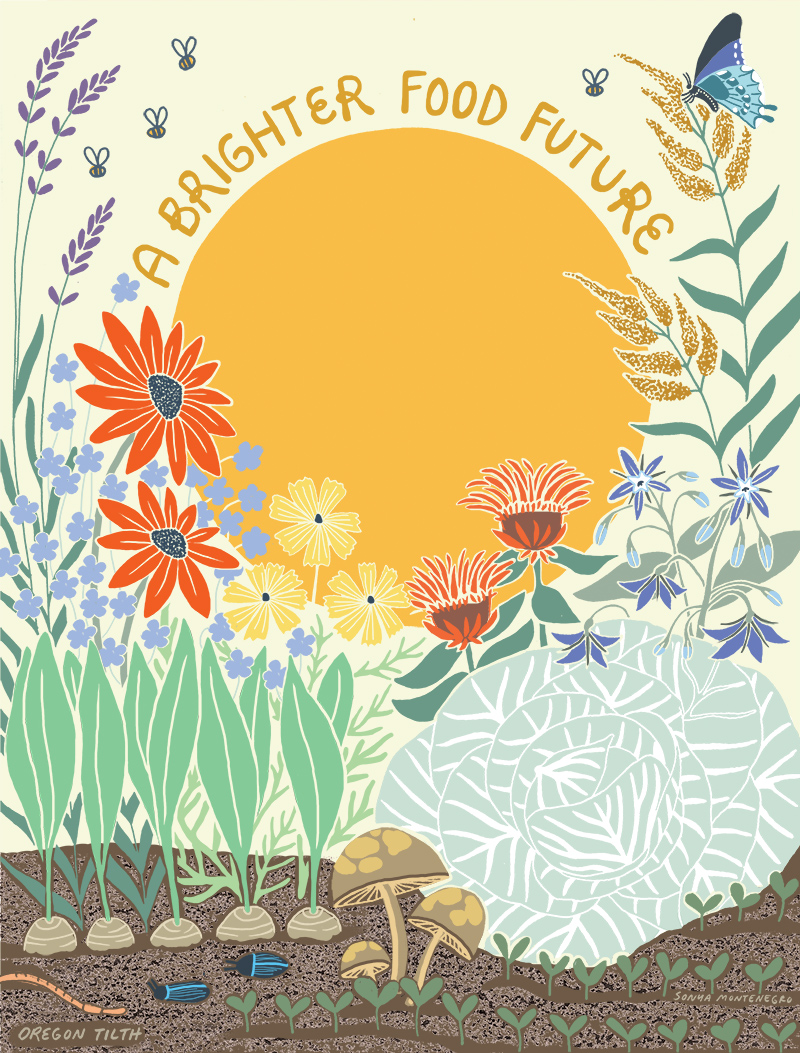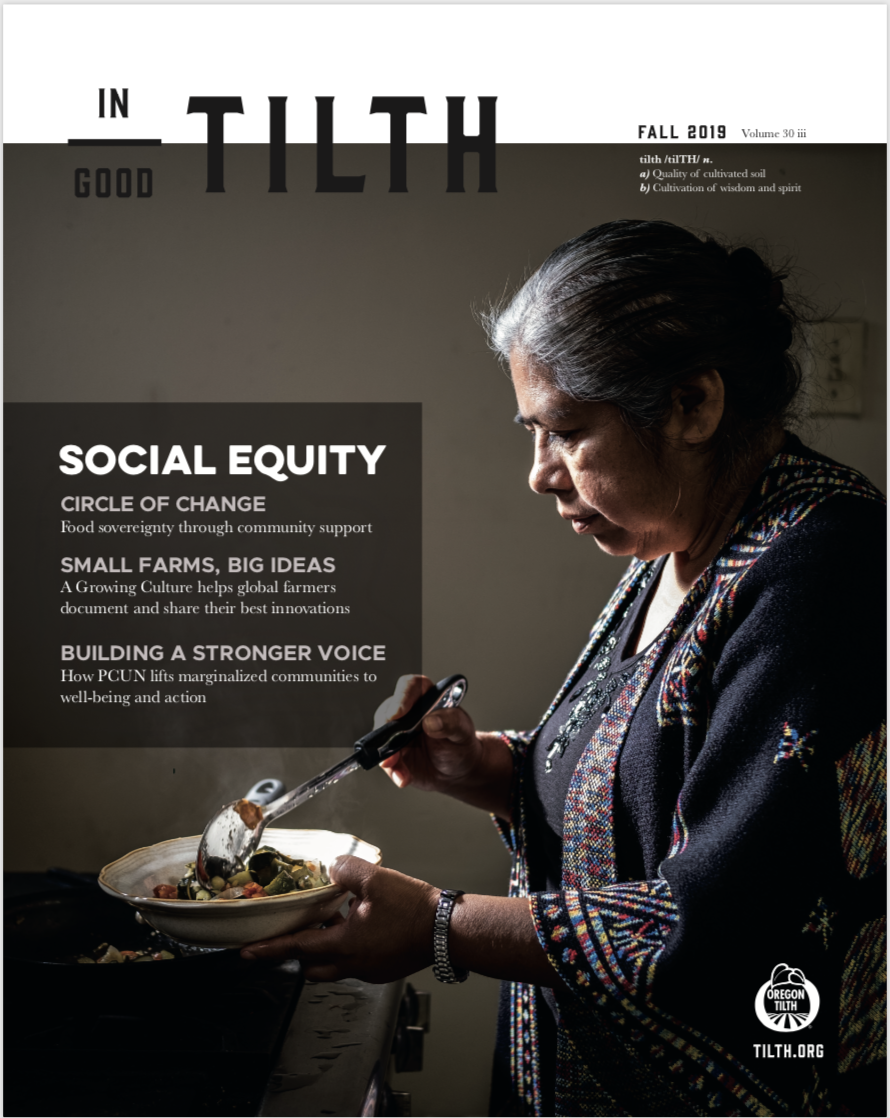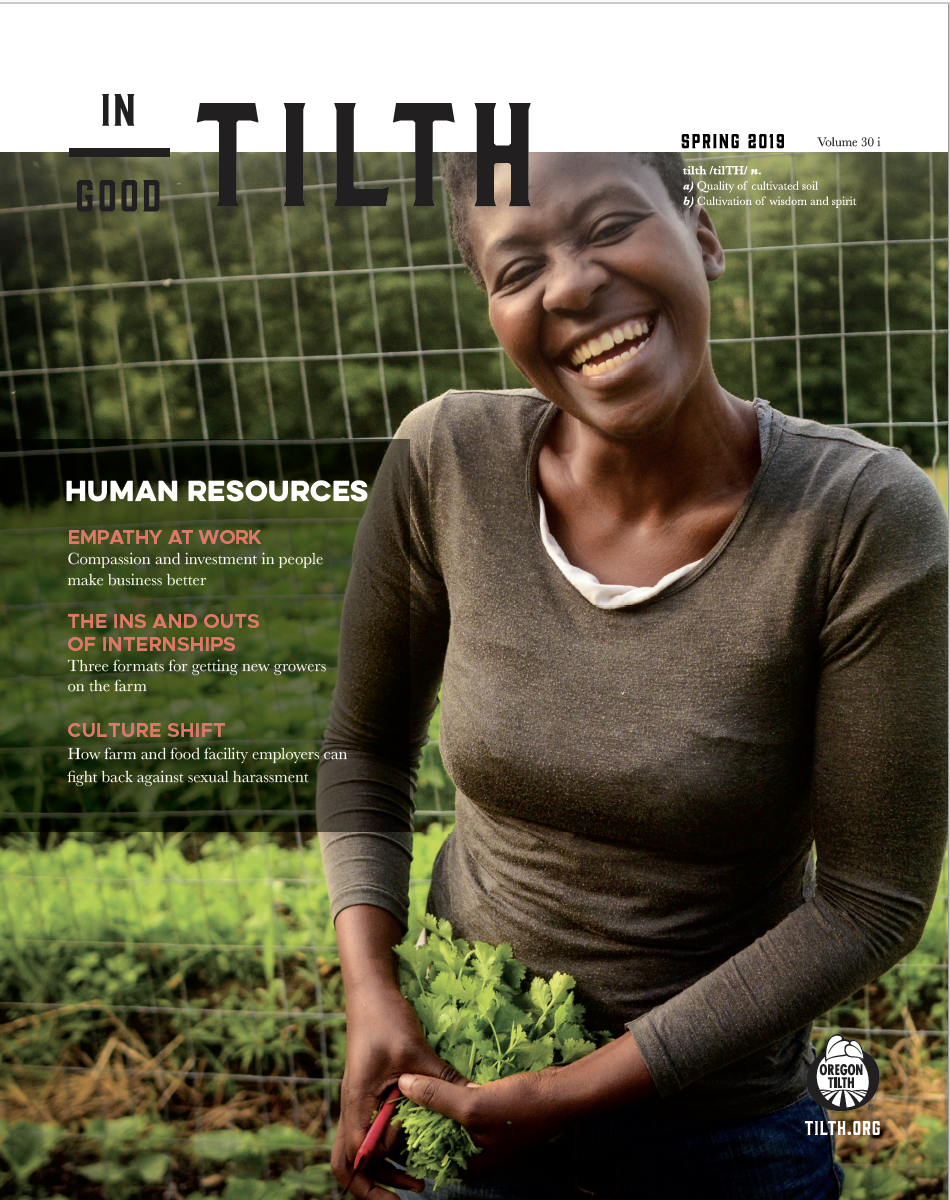
What do you want consumers to understand about hemp?
The most common question I get asked from consumers and retailers is, “What’s the difference between hemp and CBD?’ That’s like asking someone “What’s the difference between caffeine and coffee?” There is a lack of general knowledge about what the hemp plant is. It is this plant that has thousands of uses but at the end of the day, hemp is a plant.
Where do you envision the U.S. hemp market in 10 years?
It’s been pretty cool to watch the emerging hemp industry. We have seen quite the transformation in the last seven years. I firmly believe that industrial hemp will be the largest cash crop in the United States within the next two years.
What are the challenges to achieving this vision?
Currently, the FDA does not recognize CBD as an improved ingredient in food or dietary supplements. There are thousands of CBD food and dietary supplement products sold every day, so it is something that they are not currently enforcing. It is limiting the growth of these products because major retailers, like Whole Foods Market, will not carry them until they are approved by the FDA. Once the FDA builds a regulatory framework over [CBD] there will be an exponential growth rate of these items.
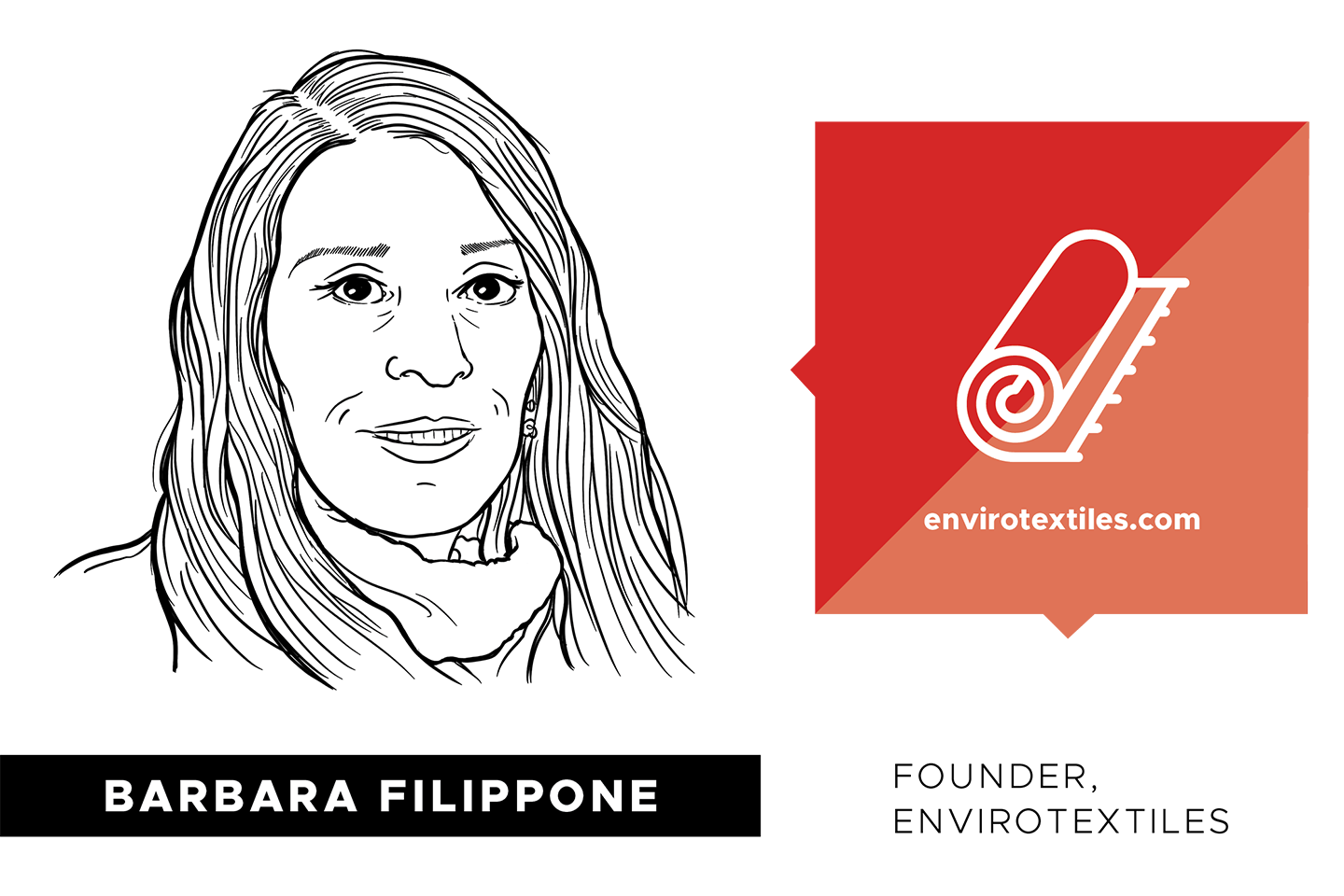
What do you want consumers to understand about hemp?
Hemp can be grown in two different ways. One way focuses on the flower for producing CBD oil, when plants are grown as widely spaced bushy-shrubs. This way is less environmentally sound because of excessive water use and the common use of herbicide or plastic ground cover to suppress weeds. I am focused on growing hemp in the same way George Washington did, as a densely grown row crop. The closely packed plants provide more shade which helps retain soil moisture and suppress weeds and the processing does not require additional chemicals.
Where do you envision the U.S. hemp market in 10 years?
I would like to see a focus on a more multi-purpose plant grown in the historical way. Instead of growing only for CBD or only for fiber, the plants can have four potential uses. The unpollinated flower for CBD or the seeds from the pollinated flower for food or oil, the outer stalk (or bast) for fiber and the inner stalk (hurd) as a filler to be used in existing industries.
What are the challenges to achieving this vision?
We need research and development lead by a steering committee of people within the industry to test plant varieties to be used for multi-purpose industrial hemp plants. We need additional testing to find out which varieties grow well in which states.
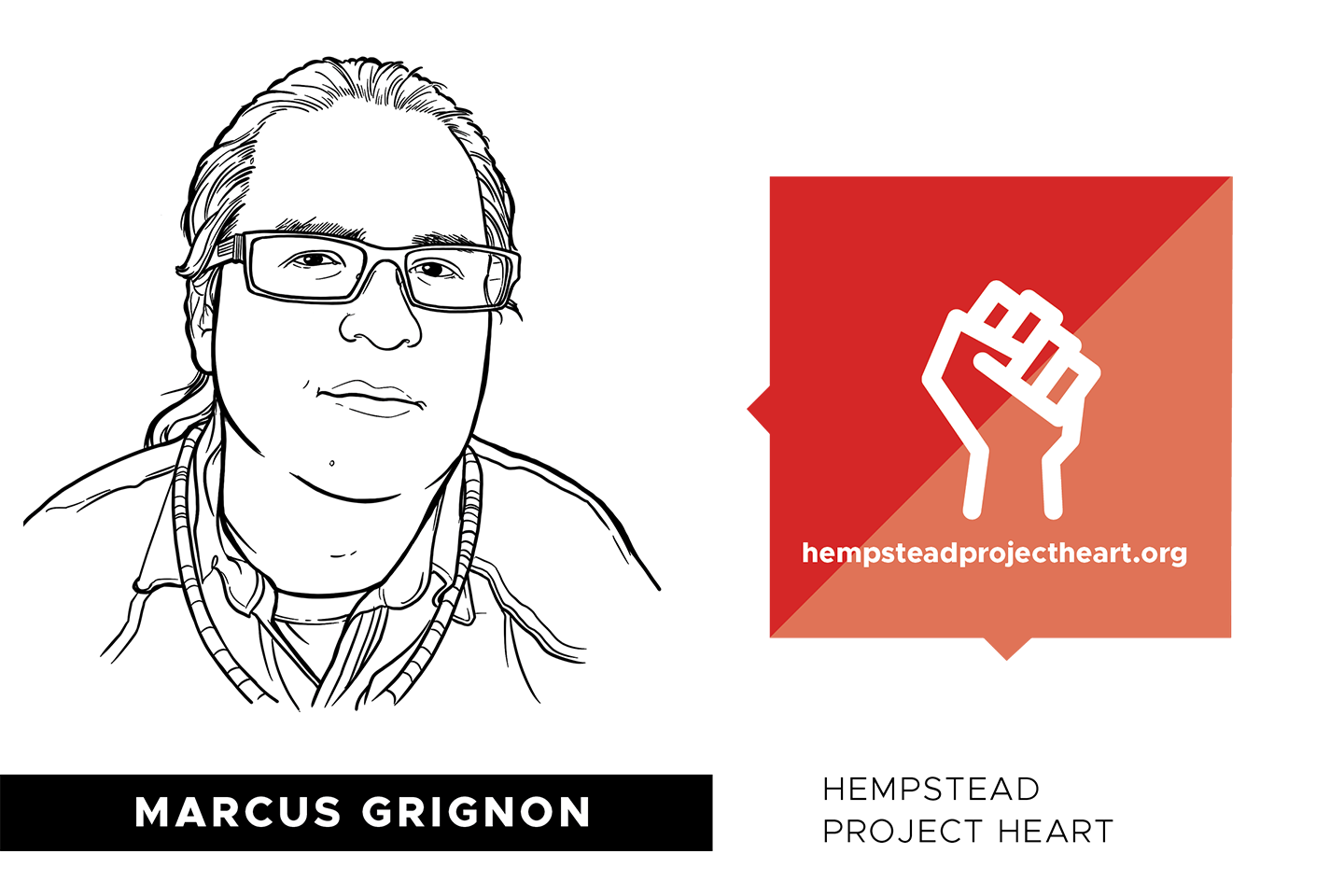
What do you want consumers to understand about hemp?
I want people to understand the sky’s the limit as long as you have the ability to be creative and innovative. I see hemp in all different types of products. One product I’m working with how the fibers can be used to make a hemp battery. This is the key to issues we’re dealing with around climate change; energy storage capacity devices made of hemp.
Where do you envision the U.S. hemp market in 10 years?
I’m trying to position myself in the fiber industry and figure out how we can create long-term economic growth for tribal, urban, and rural communities throughout the United States. That’s what Hempstead Project Heart’s trying to do. We’re thinking. John Trudelle [Hempstead founder] always said, don’t be a leader, be a thinker. Thinkers are the ones who create solutions in the world. Not the leaders, not the politicians. Be a thinker.
What are the challenges to achieving this vision?
The easy part was passing the legislation to make it legal. The hard part now is the education side and building the infrastructure. We’re back to what they were talking about in the ’40s, of the stigma that there’s no satisfactory market for hemp. I think that’s the biggest upheaval — but also making sure we have good ties in the business community to help us transition.

What do you want consumers to understand about hemp?
Hemp is one of the most useful and misunderstood crops in the history of our species. Modern-day uses include medicine, supercapacitor batteries and beyond. While not a silver bullet, this crop’s potential to provide clean biological inputs to carbon-based industries will undoubtedly play a large role in agriculture’s ability to help mitigate climate change.
Where do you envision the U.S. hemp market in 10 years?
The sky’s the limit, but we will see a significant bubble as the CBD marketplace evolves and matures. With overlaps into other industries, demand for this crop is going to continue to grow at exponential rates. As farmers learn and develop more specific production techniques and processing systems we will one day see this crop overtake cotton and corn on a global level. The largest room for positive growth that I see will be in the textile industry.
What are the challenges to achieving this vision?
The hardest challenge we face is managing expectations as we grow. People are hungry for good work and clean products. These things don’t happen overnight. While this crop can stabilize some of our struggling farm economies and help clean up our soils, it won’t be without a lot of hard work on the part of producers and consumers together.


